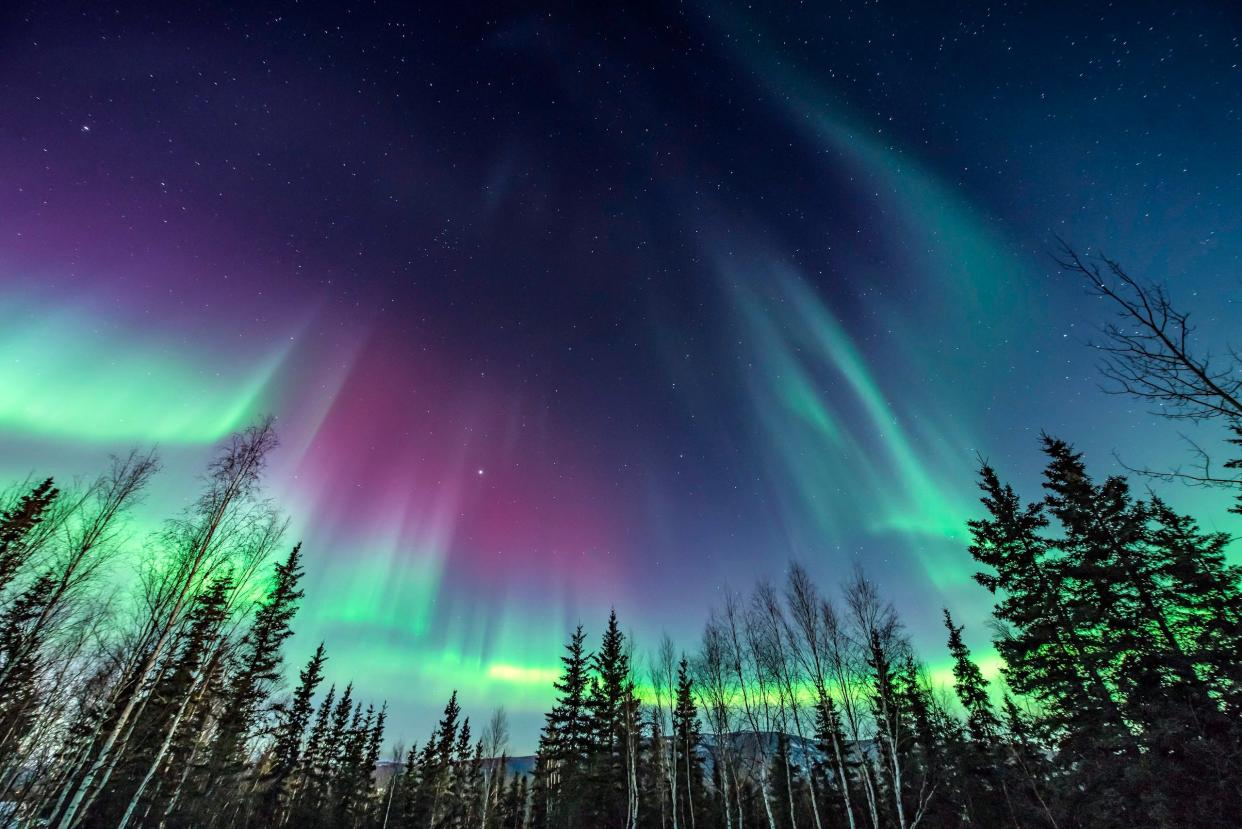Here's your space weather forecast: Why feds are warning about solar storms headed for Earth

Federal forecasters on Friday afternoon announced that "geomagnetic disturbances" due to incoming solar storms are likely here on Earth starting Saturday and will last through the next week.
"Recent coronal mass ejections have departed the sun and may reach Earth as at least glancing blows," the Space Weather Prediction Center said in a statement. "Earliest influences may be as soon as later on November 4."
NASA describes coronal mass ejections as "huge bubbles of coronal plasma threaded by intense magnetic field lines that are ejected from the Sun over the course of several hours." The space agency says they often look like "huge, twisted rope" and can occur with solar flares, or explosions on the sun's surface.
"The most recent coronal mass ejection from November 3 is more likely to have an Earth-directed component and may reach Earth afterwards," the prediction center added. Yet another solar event is expected from Nov. 8-10.
"All this activity makes for an interesting forecast challenge and expected conditions are still being evaluated, but geomagnetic disturbances are becoming more likely from November 4 to 10," the center said. "Updated forecasts are likely."
Private website SpaceWeather.com said that a minor geomagnetic storm was possible on Saturday.
What is a solar storm?
A solar storm is a disturbance in the sun that can affect the Earth and the rest of the solar system. It is accompanied by solar flares, coronal mass ejections and other forms of space weather such as the aurora.
How will this news affect me?
One aspect of solar storms that impact the Earth is an uptick in sightings of the aurora borealis (aka northern lights). While federal forecasters have not yet made an aurora forecast, SpaceWeather.com said "aurora watchers should get their hopes up," potentially for Sunday.
Additionally, in a worst-case scenario, which is not yet predicted in the current forecast, strong geomagnetic storms can interfere with the electrical grid, degrade GPS signals, increase orbital drag on satellites, and pose radiation hazards to airline crews and astronauts, the prediction center said.
More: Aurora lovers, rejoice. 2024 could be a great year for northern lights, due to solar maximum
This article originally appeared on USA TODAY: Solar storms are headed for earth. But, what does that mean really?

